Five years ago you rarely heard the word “drone”. When you did it brought up images of military air strikes and futuristic sci-fi movies. In 2015 drones have become commonplace and are starting to be used in many industries. A drone provides many advantages over traditional fixed wing data collection and the low cost makes it a practical solution to many problems. Hobbyists are also quickly getting into the game due to dropping prices. It is amazing how many people will drop $1000 or more on these high tech gadgets.
Drones, also called Unmanned Aerial Vehicles (UAVs), are flying robots that are able to execute a task autonomously. They come in several different forms but they all have the same core components. The four critical drone components are Autopilot, Propulsion, Sensors, Payload.
The Autopilot
The autopilot is the essence of what makes a drone. In order for an aircraft to be called a drone it must have the capability to fly without human intervention. The usage of the word drone has been misconstrued in recent years. Just because an R/C aircraft has four rotors and a camera does not make it a drone, it muse have autonomous flight capabilities. Autopilots are sort of the brain of a drone. They monitor all the information coming in from the sensors and send signals to the control mechanisms based on their programming.
The autopilot software functions much like a thermostat. For example if the drone’s alitutde is set at a certain number the autopilot will contol the aircraft to maintain that number. If the drone rises higher the autopilot will adjust the controls so that the drone descends, if its too low it will set the controls to climb. The autopilot operates in this way for hundreds of different parameters such as airspeed, altitude, GPS position, attitude (3D orientation), and many more.
The use of autopilots goes back to at least the late 1940s when experimental aircraft were able to operate completely by computer control. Modern commercial airliners actually employ autopilots that can control the aircraft from takeoff to landing, the only thing they can’t do is taxi. Every time you fly on a commercial jet you are riding a large autonomous robot.
For a flight to be successful the autopilot must have the parameters for the flight such as flight path, altitude, flight restrictions and settings stored in its memory before takeoff. Once in flight the autopilot will use the preprogrammed information to follow a flight pattern and land at a predetermined location. Watching an autonomous drone in action is quite an experience, they can give the impression that they are thinking for themselves.
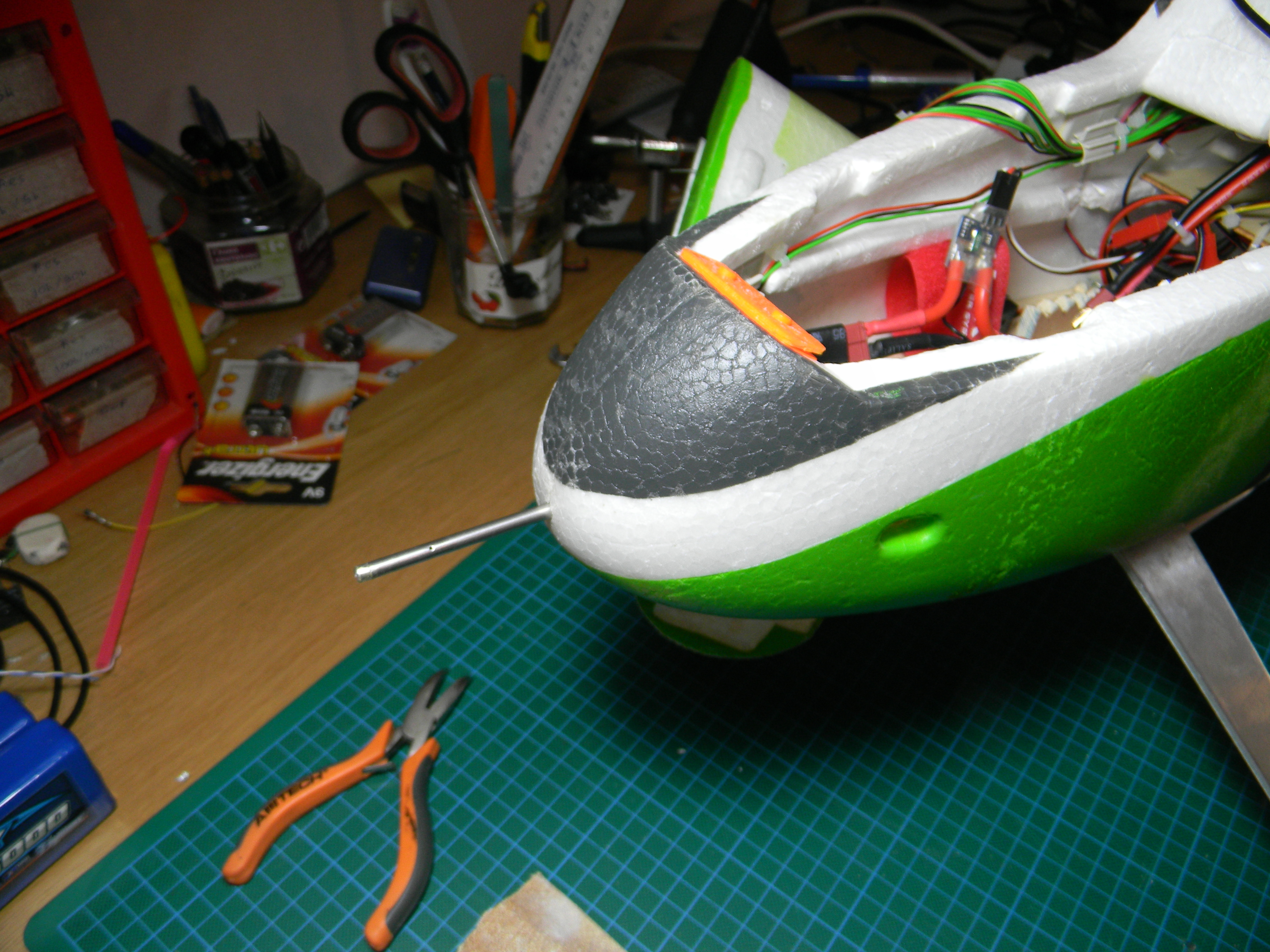
The Sensors
Sensors on a drone connect it to the real world. They perform the functions that the eyes, ears, nose and other senses do in a human. A drone can only know what the sensors tell the autopilot, much a like a human’s concept of the world is based on what we can see, smell, hear and touch. For example a drone will not have any idea it is heading directly for a tree unless it is equipped with an obstacle avoidance system. The same is true of hitting the ground or a person who walked in front of the aircraft. The pitot/static system is used to measure the current airspeed and altitude. This sensor measures air pressure from a forward facing tube, as air speed increases so does the pressure. The static tube measures the change in barometric pressure which decreases with altitude. The pitot system also measures the wind speed by comparing the airspeed to the GPS speed.
Most drones have a GPS system which is the basis for autonomous flight plans, and in the case of very accurate GPS systems altitude can be measured. Drones also have a 3 axis accelerometer which monitors the aircraft’s orientation relative to the horizon. Accelerometers are also used in smart phones, they are the device that senses when you shake or tilt the phone. More complex drones have fancy inertial measurement units (IMUs) which use gyroscopes and other methods. Drones have servos which monitor and adjust the position of control surfaces such as ailerons, or rudders. Servos are electric motors that are calibrated to precisely place their control arm. There are countless optional sensors which can add new capabilities to a drone. Some optional sensors are altitude lasers or radar, trasnponders, voltage sensors, magnetic compass, and obstacle avoidance sensors.
The Propulsion System
There are a variety of propulsion techniques in use in drones today. The majority of drones use electric motors. The typical drone that most people would think of is a multirotor helicopter. These use electric motors with a propeller on each. Thrust of each motor is carefully controlled to maintain the correct speed, altitude and attitude of the drone. Small fixed wing drones often use electric motors too although usually just one. They are typically propeller driven as well and they work together with the control surfaces to make a flight successful. Electric motors rely on battery power and can fly as long as the batteries hold a charge
Gas or heavy fuel motors are used on larger fixed wing drones and are still usually propeller driven. There are a few drones out there using jet and turboprop engines such as the Reaper (armed version of Predator). Rocket engines have been used for decades in target drones. Targets were one of the first uses of drones by the military. Its hard to believe but military forces around the world routinely shoot target drones which cost $20,000 and up each. Gas or rocket drones run on a fuel source and their flight duration depends on how long the fuel lasts. Gas drones also have batteries for their electric components and some of them have an on board generator.
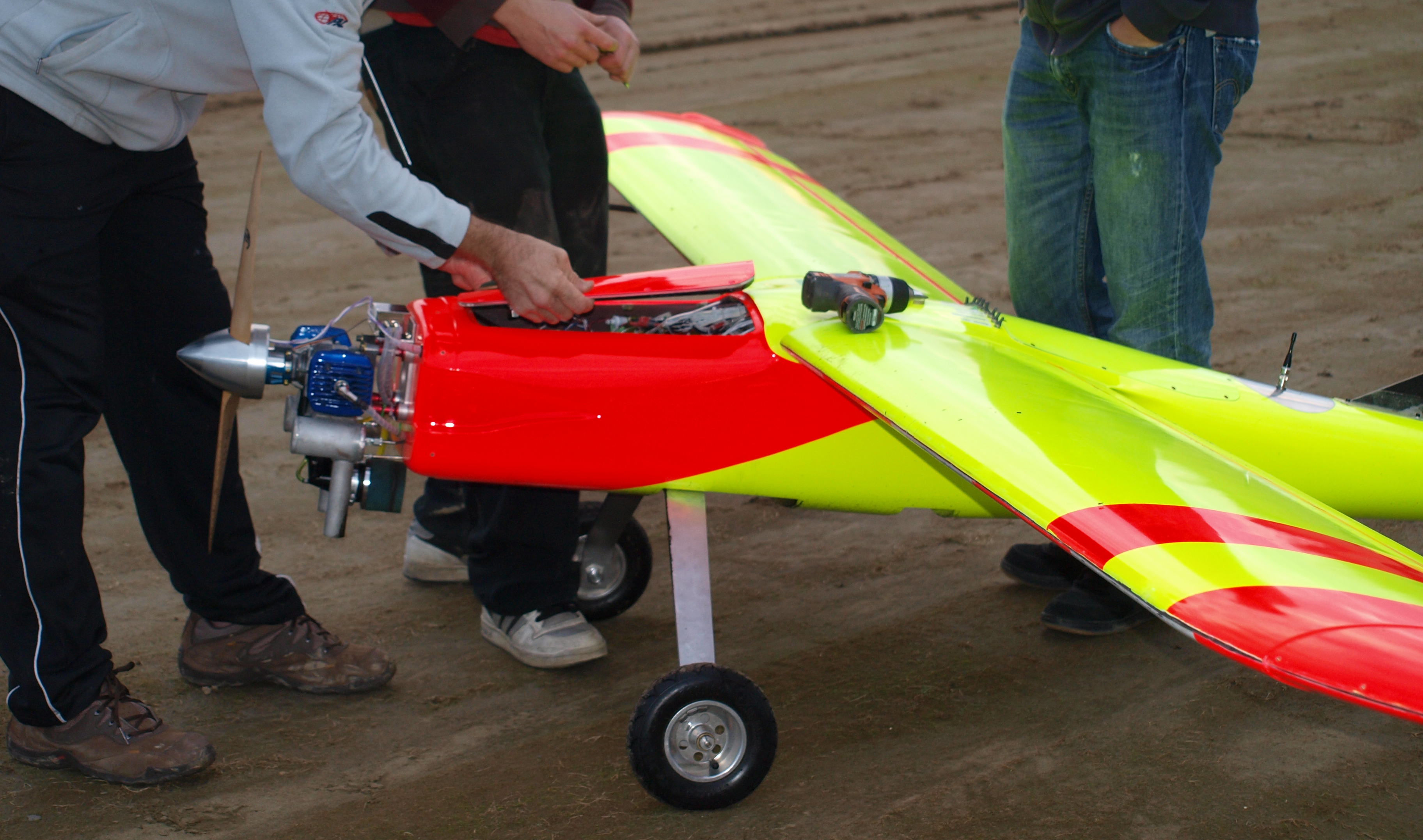
The Payload
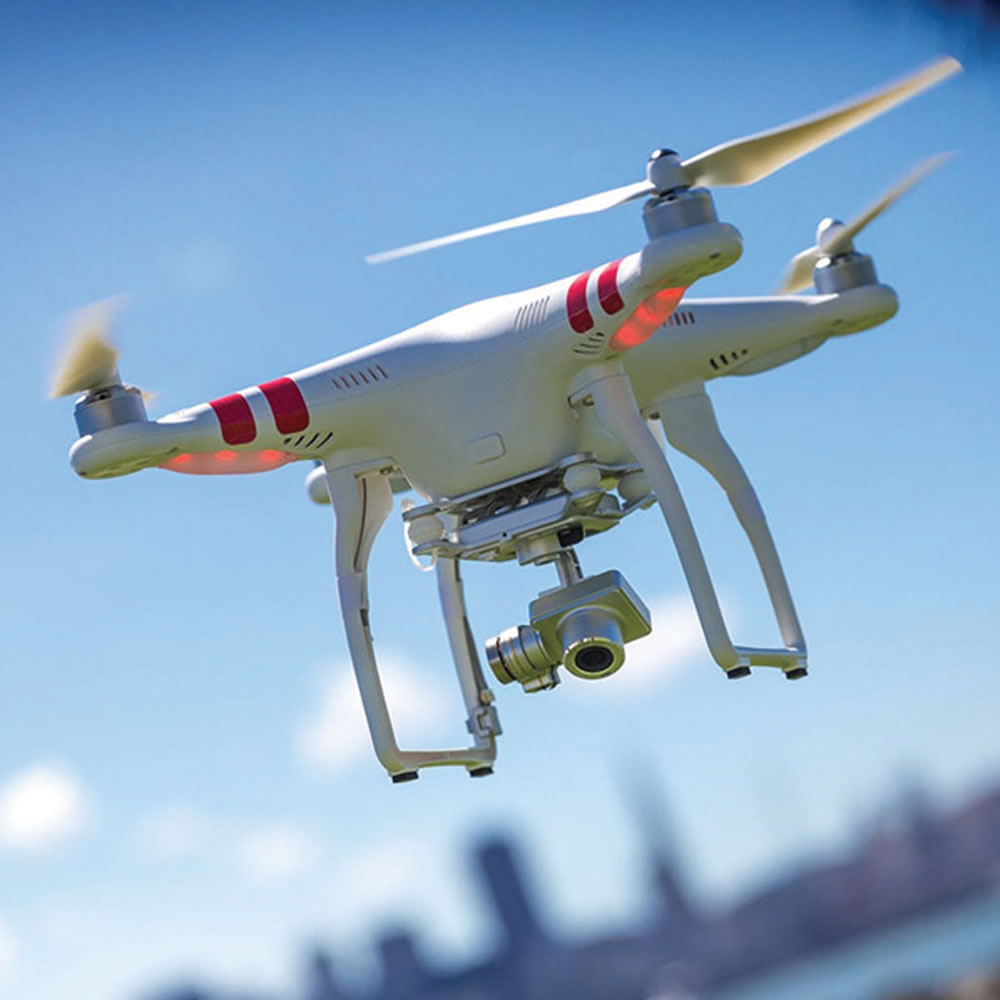
Payload is often the area where the most development work is focused. After all these robots are flying for a purpose. The most common payload is some form of a camera. The majority of drones out there are either taking photos or video. Most small drones consist of a multirotor with a GoPro camera on a gimbal. Mapping drones like the one used by WestCoastPlacer have a down facing high resolution camera that is triggered by the autopilot. Mapping drones also record the GPS position and aircraft orientation with each photo for use in processing. Different kinds of cameras can be used such as infrared, multispectral and hyperspectral.
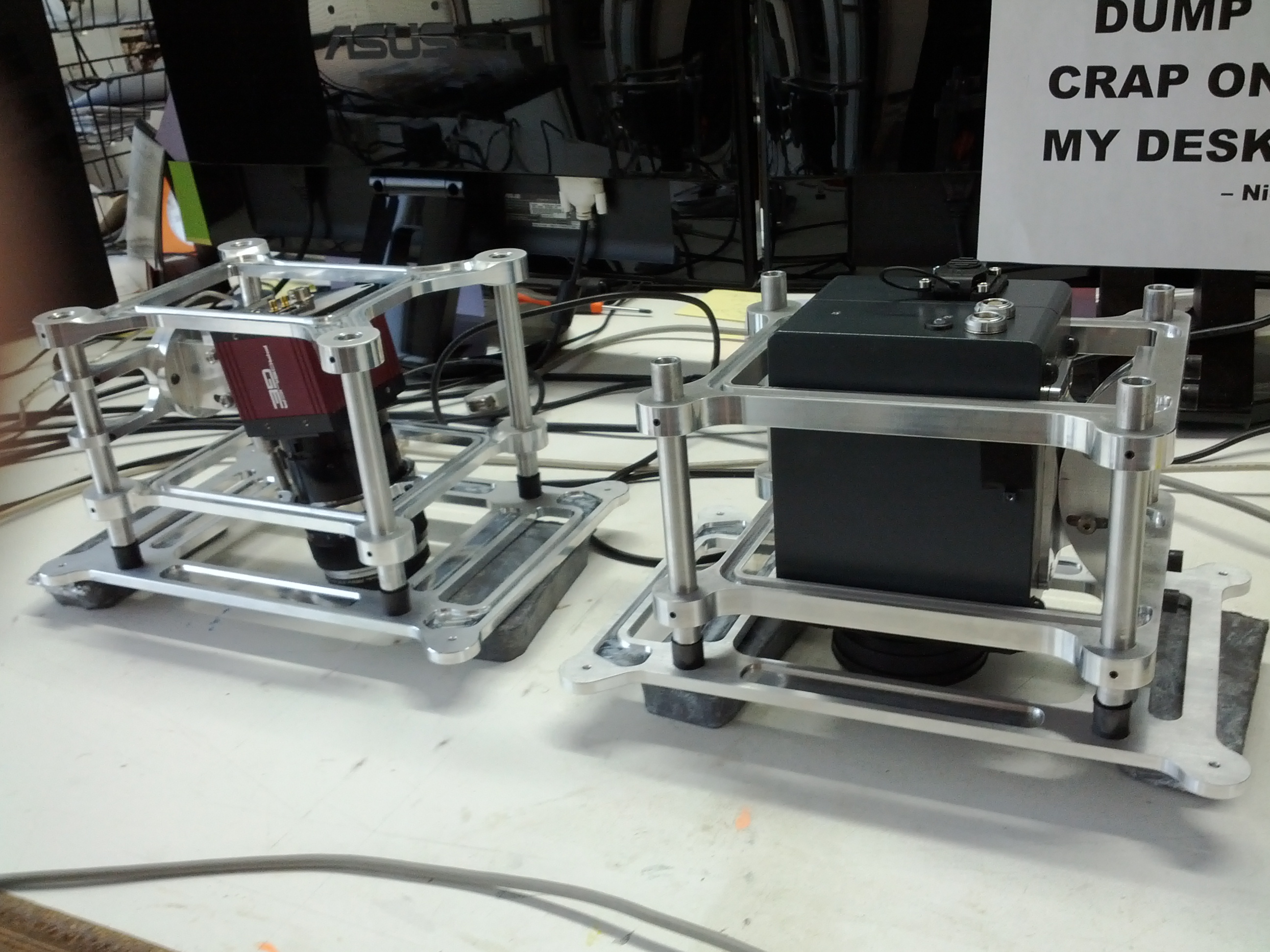
LiDAR laser scanners are starting to be mounted on drones too. It has taken a long time to miniaturize LiDAR sensors to the point that a small-medium sized drone can carry one. Drone LiDAR sensors to date have not been able to provide classification so that a bare earth model can be produced.
Magnetometers are being mounted on drones too (Pioneer Exploration, GEM). These are geophysical sensors used to measure changes in Earth’s magnetic field. This sort of data is used in mineral exploration and location of land mines and submarines. There are many more payloads out there such as air quality sensors or wifi internet repeaters.
The Communication System
Another important component of a drone is the communication system. It is technically possible to operate a drone without real time communication since they fly autonomously however it is irresponsible and in most places illegal to do so. An unmanned aerial system will include some form or radio communication with the operator. The operator will have a radio link hooked up to a field computer with base station software to program the drone and monitor in during flight. On board the drone will be some form of two way radio system which will transmit data to the base station as well as allow the operator to issue commands. Telemetry data received from the drone allows the operator to monitor the flight and make sure that everything is working properly. Examples of telemetry data are things like airspeed, battery health or fuel level, position and orientation.
Typical radio frequencies that are used are 900 Mhz, 2.4 GHz or 5 Ghz. Range of a standard system is 5-10 km. Factors that affect radio range are frequency, transmit power, antenna choice and terrain. Some drone operators have had great success using directional and helical antennas. Some helical antenna systems are capable of communicating up to 100km away. Cheaper drones communicate via WiFi (also a form of radio) to a smartphone or tablet. WiFi range is limited to several hundred meters but can be extended with directional antennas.
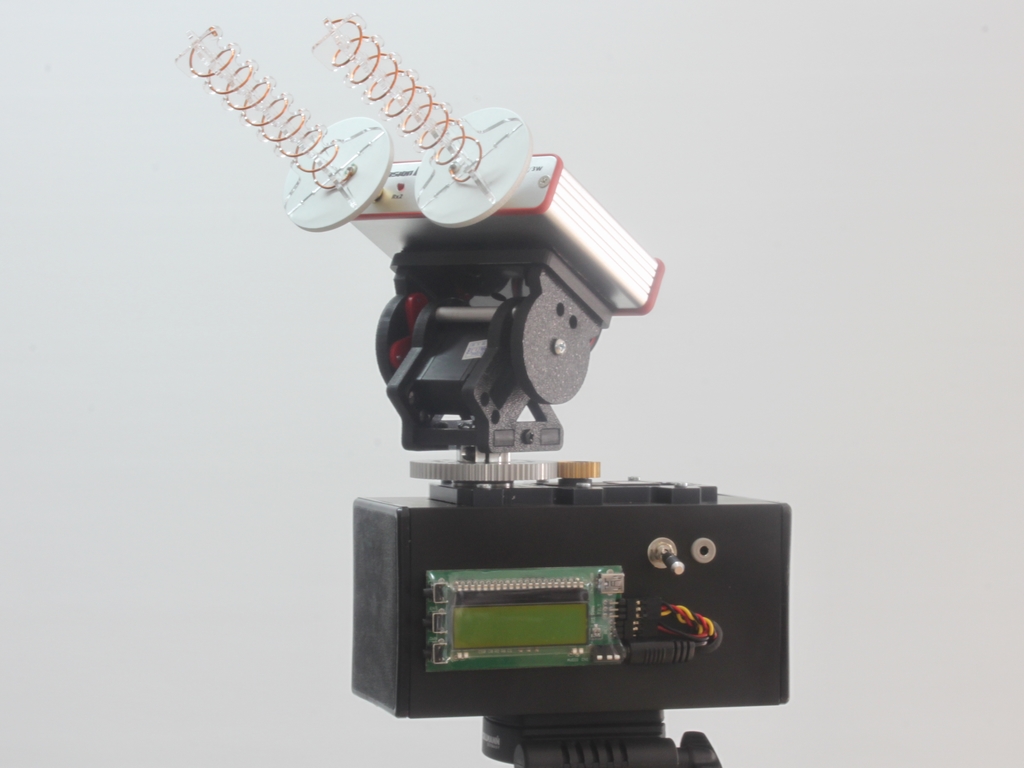
Cellular modems are used in some drones utilizing LTE/GSM networks and can greatly increase the operating range. Essentially you can fly anywhere there is cell coverage. Satellite systems are also used which operate on a satellite phone network such as Iridium. Theses communication systems have virtually no limit on range but have slow throughput and expensive by the minute billing.
All the individual parts of drones work together to execute a flight and achieve the goal of the operator. New uses are being discovered for this technology every day. The low price and superior data quality make the UAV a powerful tool for collecting aerial data. In the coming years we are going to see drones used in more and more industries. It just makes sense.
Check out our drones page to see the drone services provided by WestCoastPlacer.

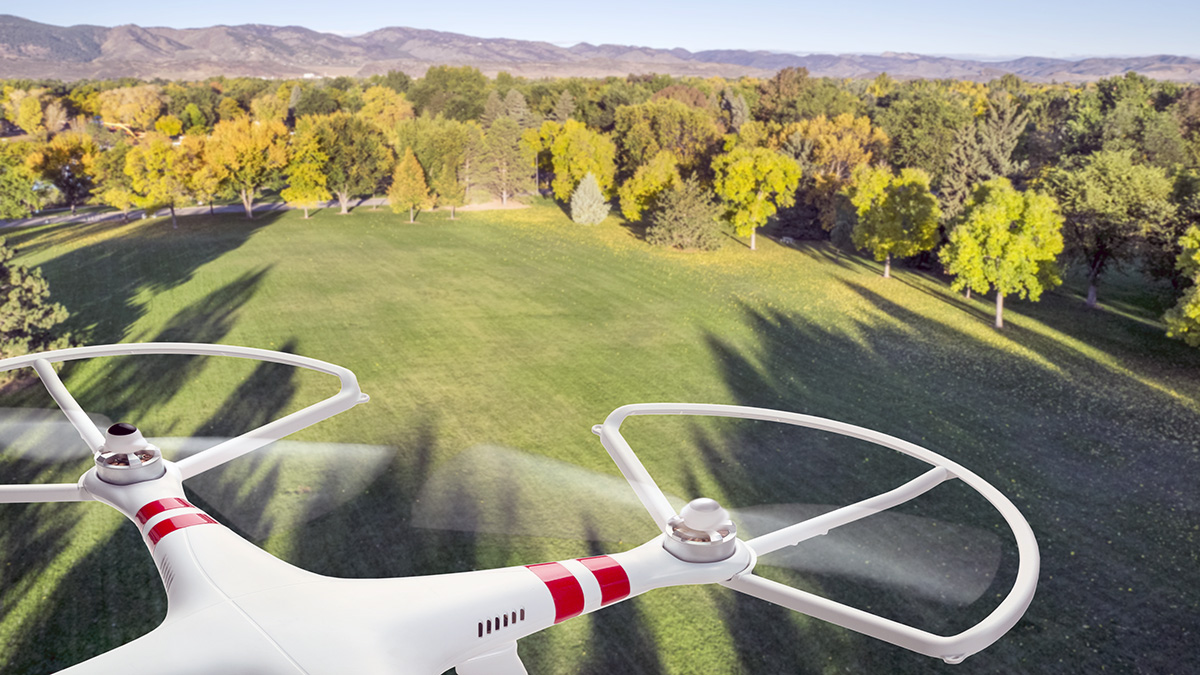
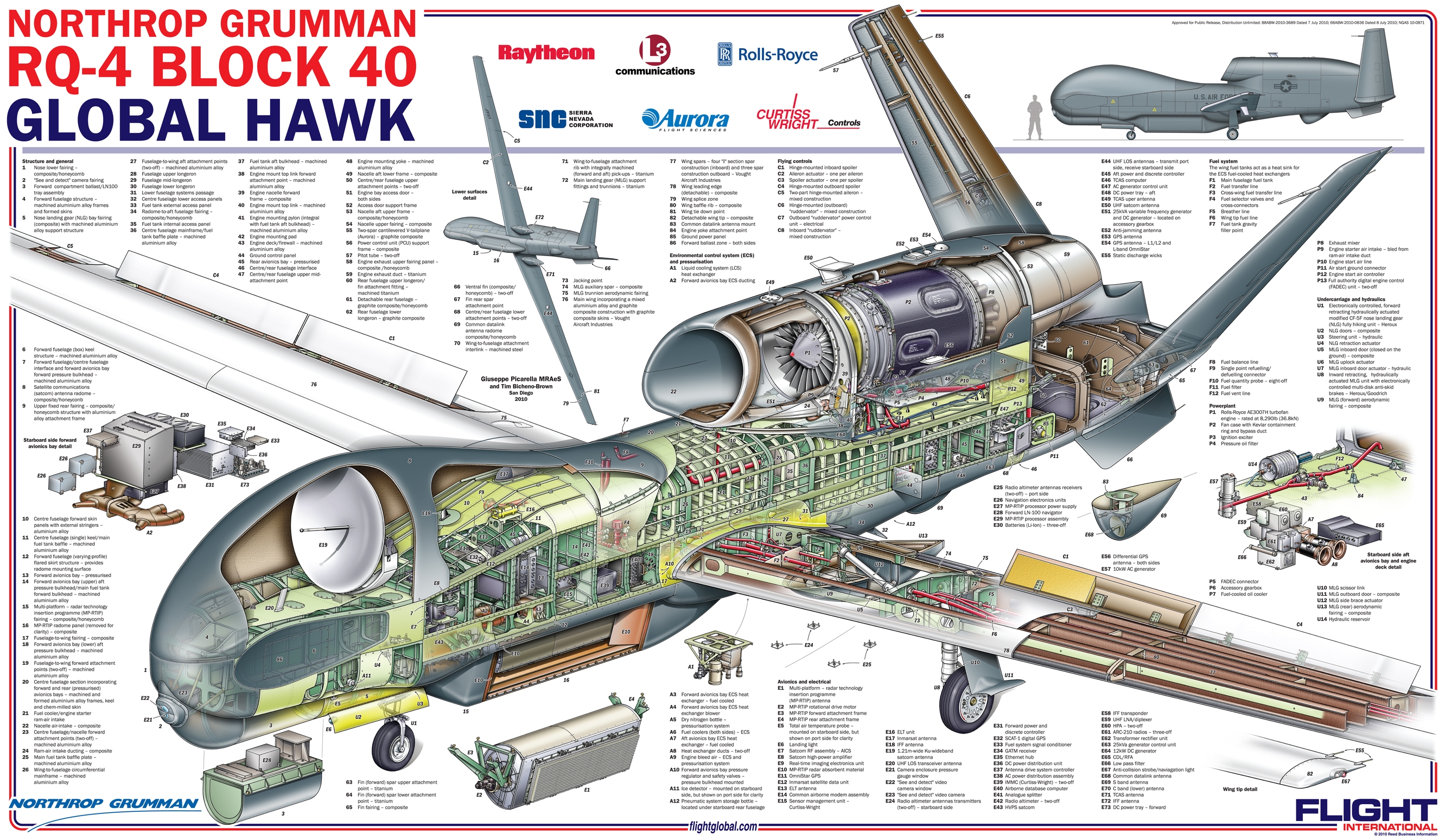
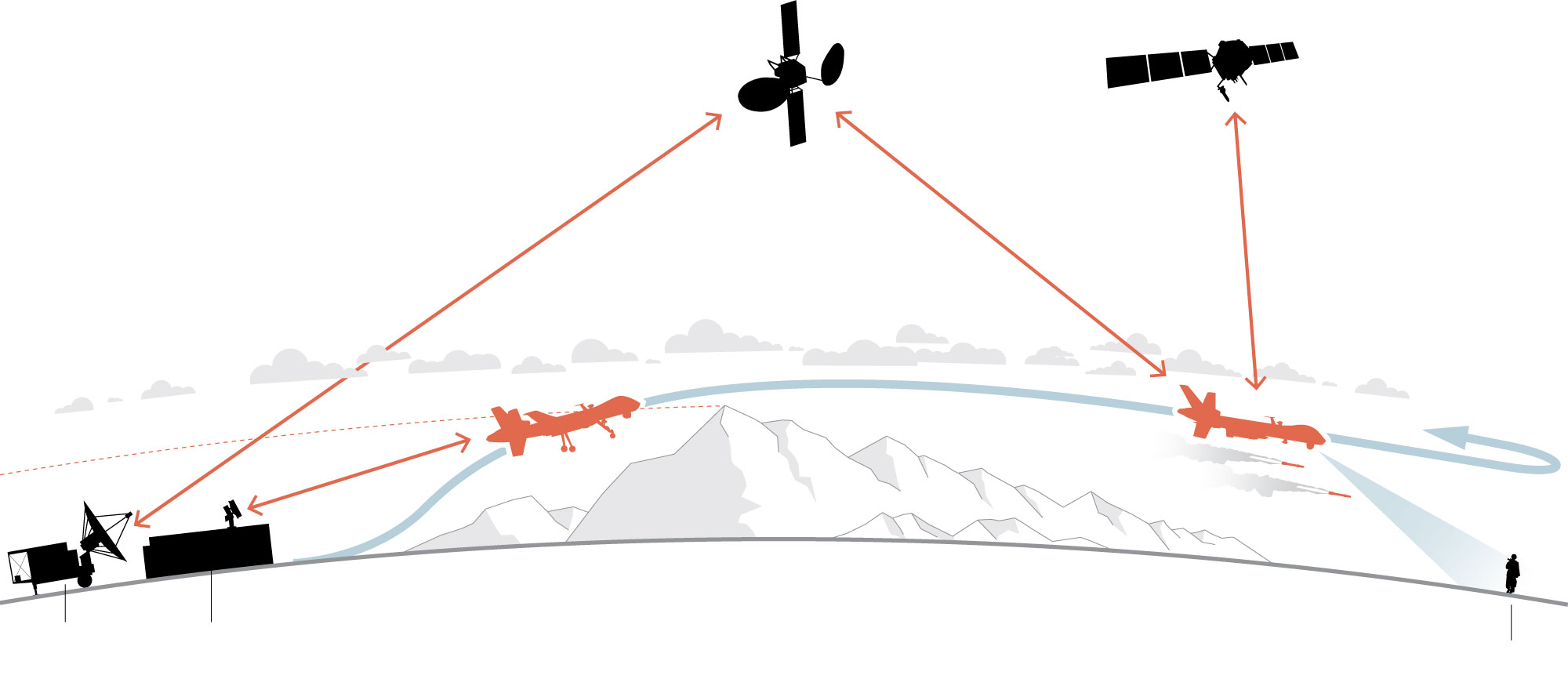
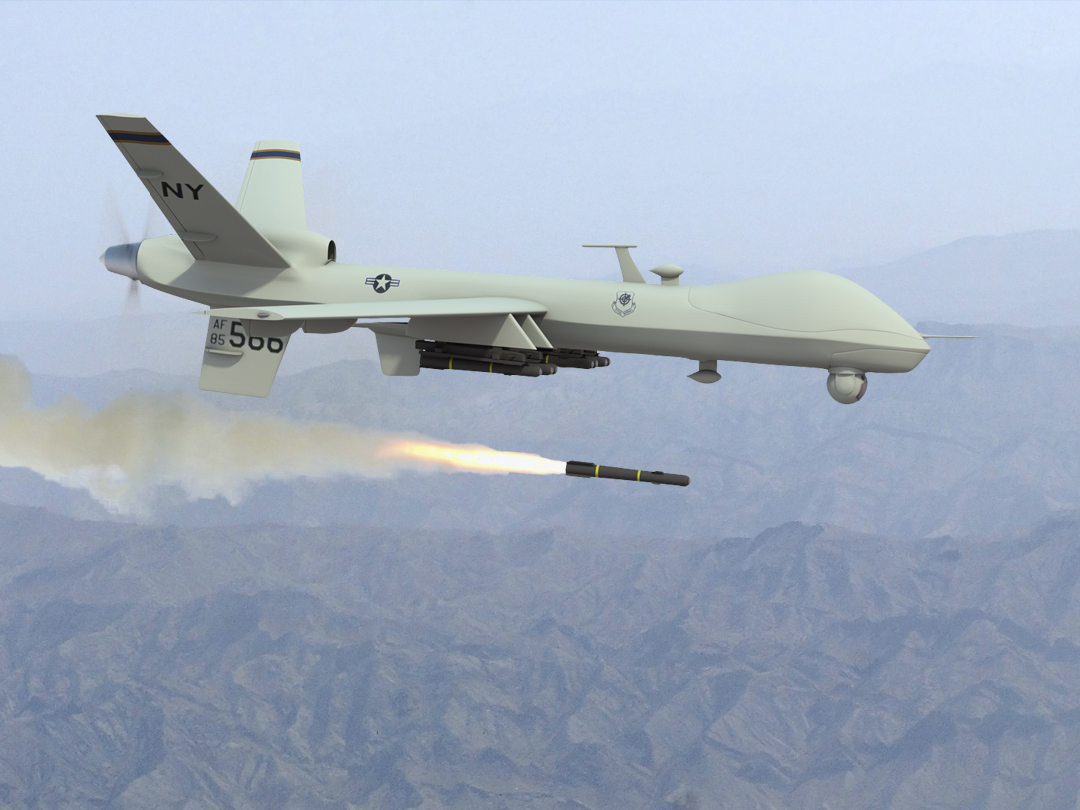
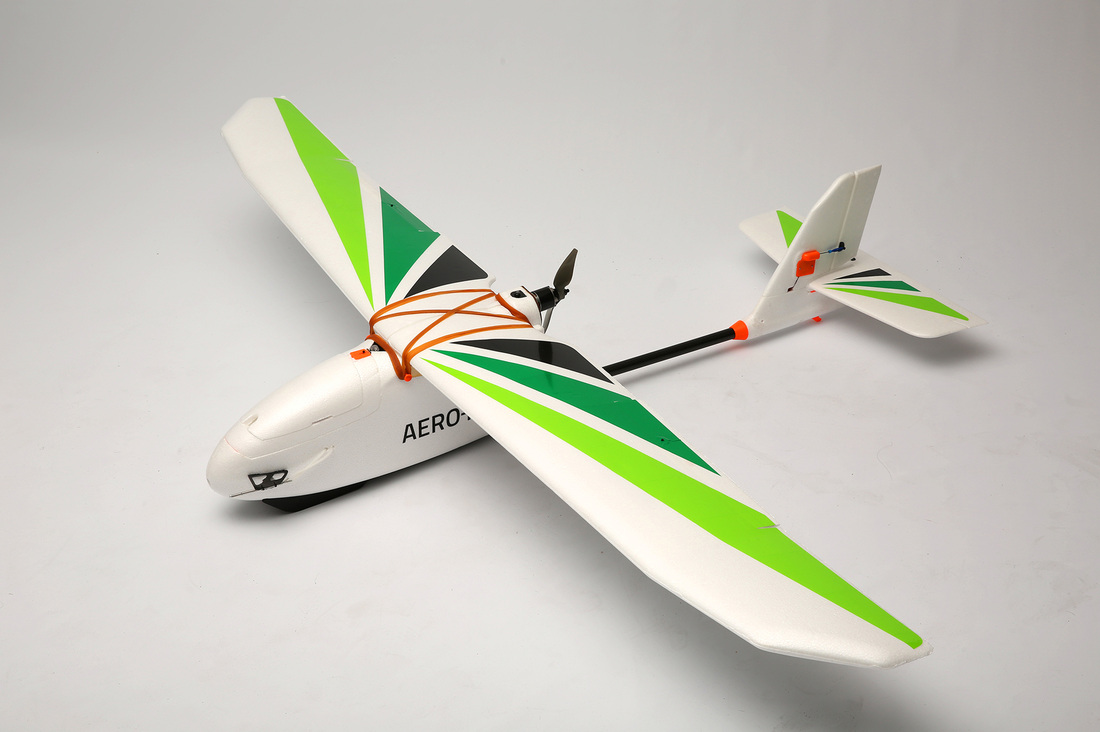
interested in drones!